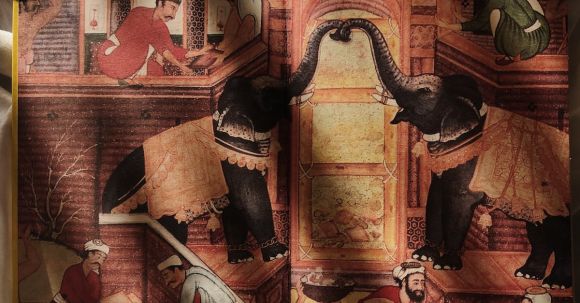Art is a universal language that transcends borders and speaks to the core of human experience. It is a reflection of the society in which it is created, showcasing the values, beliefs, and traditions of a particular culture. The influence of culture on art is a fascinating subject, as it sheds light on how art evolves and morphs in response to the changing social and cultural landscapes.
Defining Culture’s Impact
Culture encompasses a wide range of elements, including language, religion, customs, and social norms. These elements shape the way individuals perceive the world and express themselves creatively. Art, in turn, becomes a vessel through which cultural identity is preserved and shared. It serves as a powerful tool for storytelling, allowing artists to communicate their experiences and beliefs to a wider audience.
Art as a Reflection of Society
One of the most profound ways in which culture influences art is by providing the inspiration and subject matter for artistic expression. Artists often draw upon their cultural heritage, incorporating symbols, motifs, and themes that are meaningful within their community. For example, the vibrant colors and intricate patterns found in traditional African art reflect the rich cultural history and spiritual beliefs of the continent.
Artistic Techniques and Styles
Culture also plays a significant role in shaping artistic techniques and styles. Different regions have distinctive art forms that have been passed down through generations, each with its own set of rules and conventions. For instance, the delicate brushwork and emphasis on harmony and balance in traditional Chinese painting reflect the philosophical principles of Taoism and Confucianism.
Censorship and Freedom of Expression
While culture can be a source of inspiration, it can also impose limitations on artistic expression. In some societies, certain subjects or forms of art may be considered taboo or offensive, leading to censorship and self-censorship. Artists working within these cultural contexts must navigate the delicate balance between preserving tradition and pushing boundaries.
The Global Exchange of Ideas
In today’s interconnected world, cultural influences on art are no longer confined to geographical boundaries. Through globalization and advancements in technology, artists have access to a vast array of artistic styles, techniques, and ideas from different cultures. This cross-pollination of cultures has led to the emergence of hybrid art forms that blur traditional boundaries. For example, the rise of hip-hop music, which originated in African American and Latino communities in the United States, has had a profound impact on global popular culture.
Preserving Cultural Heritage
Art also plays a crucial role in preserving cultural heritage. In many societies, traditional art forms are seen as a way to honor and celebrate the past. Efforts are made to ensure that these art forms are passed down to future generations, often through apprenticeships and community-based initiatives. By keeping cultural traditions alive, art helps to maintain a sense of identity and continuity in the face of rapid social change.
Conclusion: Celebrating Diversity
Examining the influence of culture on art reveals the rich tapestry of human creativity and the deep connections between art and society. It highlights the importance of preserving and celebrating diverse cultural expressions, as they contribute to the vibrancy and richness of our global artistic landscape. By embracing the multitude of cultural influences on art, we open ourselves up to a world of new perspectives and possibilities.
